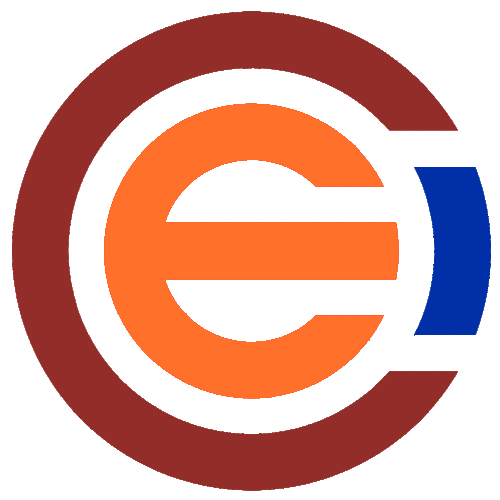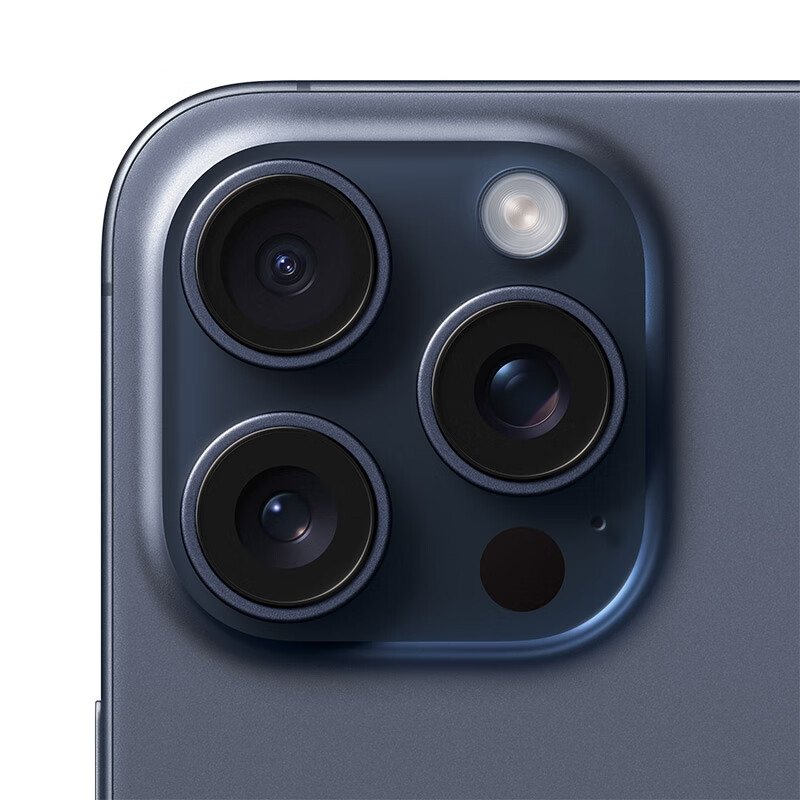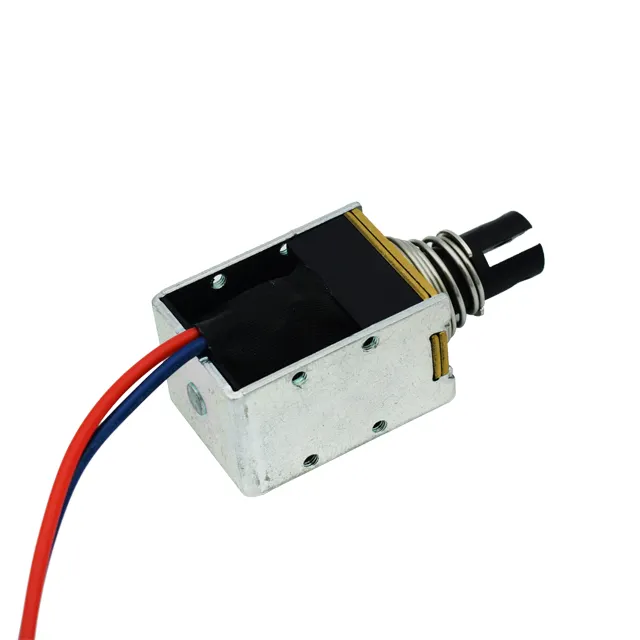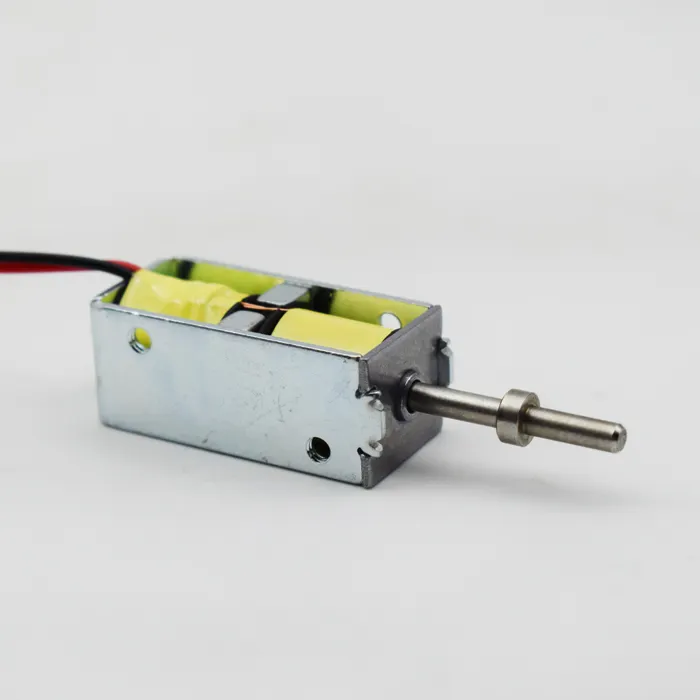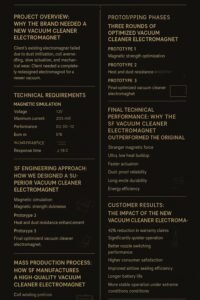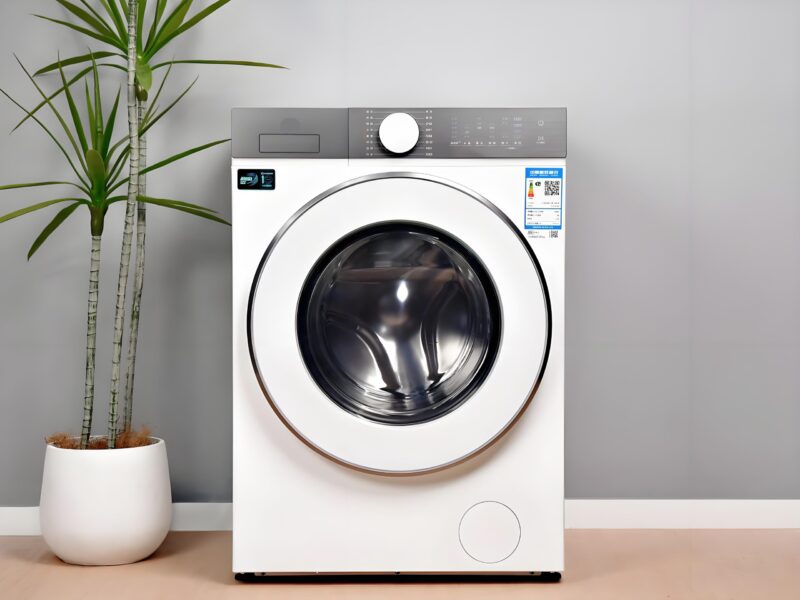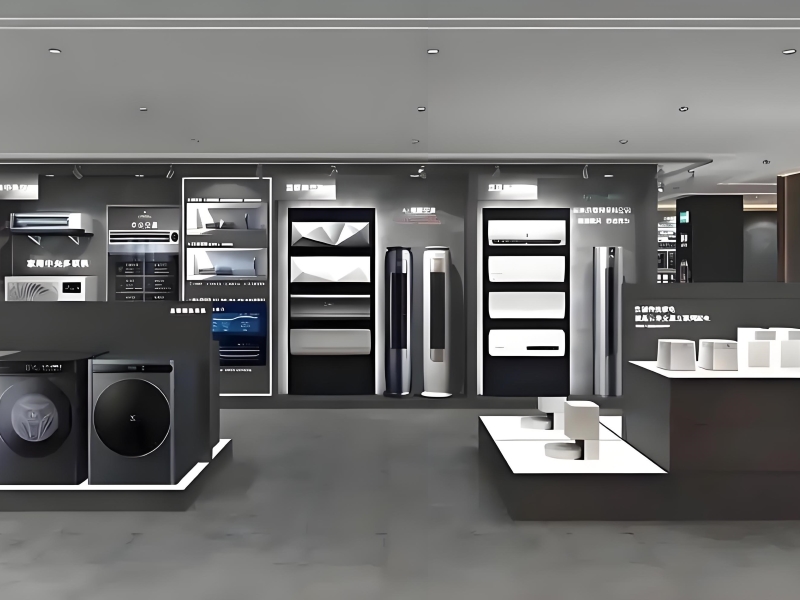Last Updated on 2025-09-04 by SolenoidFactory
The evolution of smartphone cameras from rudimentary sensors to sophisticated imaging systems has redefined photography for billions of users. Central to this transformation are electromagnets —tiny yet powerful components that enable autofocus (AF), optical image stabilization (OIS), and advanced features like variable apertures. As a professional electromagnet manufacturer, we delve into the critical role of electromagnetic technology in smartphone camera modules, exploring its applications, customization challenges, and the innovations driving the future of mobile photography.
1. The Science of Electromagnetic Control in Camera Modules
1.1 How Electromagnets Enable Precision Movement
Electromagnets convert electrical energy into controlled mechanical motion through magnetic fields. In camera modules, they adjust lens positions, stabilize images, and enable multifunctional features. Key components include:
- Voice Coil Motors (VCMs): The most common electromagnetic actuators for autofocus and OIS.
- Magnetic Levitation Systems: Contactless lens control for ultra-smooth motion.
- Hybrid Actuators: Combine electromagnets with piezoelectric or shape-memory alloys for multi-axis adjustments.
1.2 Key Requirements for Smartphone Electromagnets
- Miniaturization: Actuators must fit within modules as thin as 5mm.
- Low Power Consumption: Critical for battery life in always-on camera systems.
- High Precision: Sub-micron positioning accuracy for sharp focus.
- Durability: Resistance to shock, temperature swings, and electromagnetic interference (EMI).
2. Core Applications of Electromagnets in Camera Modules
2.1 Autofocus (AF) Systems
Voice Coil Motors (VCMs) dominate smartphone AF systems. When current flows through the coil, it generates a magnetic field that moves a lens carrier along the optical axis. Modern VCMs achieve focus locks in <200ms, even in low light.
Case Study: A flagship smartphone brand partnered with us to develop a dual-coil VCM for its 108MP main camera. The design reduced focus latency by 30% while consuming 20% less power than conventional single-coil systems.
2.2 Optical Image Stabilization (OIS)
OIS counters handshake by shifting lenses or sensors electromagnetically. Closed-loop VCMs use Hall sensors to provide real-time feedback, enabling precise compensation for angular and translational motion.
Example: A leading OEM integrated our 4-axis OIS actuator (pitch, yaw, X, Y shifts) into its ultra-wide camera, achieving 5° of shake correction—2x better than traditional 2-axis systems.
2.3 Variable Aperture Mechanisms
High-end smartphones use electromagnets to adjust aperture blades, mimicking DSLR-like depth-of-field control. A stepper motor-VCM hybrid moves blades in 1/1000th-second increments, enabling transitions from f/1.6 to f/2.4 for optimal exposure.
2.4 Periscope Zoom Modules
Periscope lenses rely on 90° folded optics to achieve 10x optical zoom. Electromagnets position the prism and lenses with nanometer precision, compensating for alignment errors caused by thermal expansion.
Case Study: For a 10x periscope module, we designed a dual-stage VCM with a 2mm stroke length, enabling seamless switching between optical and hybrid zoom modes.
2.5 Multi-Camera Switching
Electromagnets align lenses in pop-up or sliding camera arrays. For example, a magnetic latching system locks the front-facing camera in place when retracted, preventing dust ingress.
3. Customization Challenges and Solutions
3.1 Space Constraints
Challenge: Shrinking module heights (<4mm in 2024) demand ultra-thin actuators.
Solution:
- Flat Wire Coils: Replace round wires with rectangular cross-sections, reducing coil thickness by 40%.
- Stacked Magnets: Arrange neodymium magnets in Halbach arrays to maximize field strength in minimal space.
3.2 Power Efficiency
Challenge: Always-ready cameras drain batteries.
Solution:
- Latching Mechanisms: Use permanent magnets to hold lens positions without power.
- Energy Recovery Circuits: Capture back-EMF during coil deactivation to recharge auxiliary capacitors.
3.3 Thermal Management
Challenge: Heat from processors and wireless charging degrades magnetic performance.
Solution:
- High-Temperature Alloys: Cores made of samarium-cobalt (SmCo) retain magnetism at 150°C.
- Phase-Change Materials (PCMs): Absorb and dissipate heat around coils.
3.4 Durability in Harsh Conditions
Challenge: Sand, dust, and humidity in rugged smartphones.
Solution:
- Hermetic Sealing: Laser-welded stainless steel housings with IP68-rated seals.
- Self-Cleaning Coatings: Hydrophobic films prevent debris adhesion on lens carriers.
-
Rated 0 out of 5
-
Rated 0 out of 5
-
Rated 0 out of 5
-
Rated 0 out of 5
4. Cutting-Edge Innovations in Camera Electromagnets
4.1 AI-Driven Autofocus
Machine learning algorithms predict focus trajectories based on scene content. AI-optimized VCMs pre-position lenses before the shutter button is pressed, reducing focus latency to near zero.
Example: A smartphone’s AI recognizes a pet’s movement pattern, adjusting the VCM to track its eyes continuously.
4.2 Magnetic Levitation for Ultra-Smooth OIS
MagLev OIS suspends lenses using opposing electromagnets, eliminating mechanical friction. This enables 10x finer stabilization than spring-based systems, ideal for 8K video recording.
4.3 Tunable Liquid Lenses
Emerging liquid lenses use electromagnets to deform ferrofluid droplets, enabling focus without moving parts. A magnetic field gradient shapes the droplet’s curvature, achieving focus shifts in <1ms.
4.4 Foldable Phone Cameras
Flexible Electromagnetic Actuators: Thin-film coils printed on polyimide substrates allow cameras to bend with foldable screens.
5. Real-World Customization Case Studies
5.1 Case Study 1: Ultra-Low-Light Camera for Night Photography
A manufacturer sought to improve low-light performance for its flagship model. We developed a high-torque VCM with a 50% stronger magnetic circuit, enabling longer exposure shots without motion blur. The actuator’s 0.5µm step resolution allowed precise focus stacking, merging 10 images in real time for noise-free night shots.
5.2 Case Study 2: Under-Display Camera (UDC) Module
For a UDC system, we designed a transparent electromagnetic actuator using indium tin oxide (ITO) coils. The invisible coils allowed 85% light transmittance through the display while providing 0.1g·cm torque for focus adjustments.
5.3 Case Study 3: Action Camera with 360° Stabilization
A rugged action phone required stabilization beyond traditional OIS. Our 3D MagLev system used six electromagnets to float the entire sensor assembly, compensating for 360° motion during extreme sports.
6. Future Trends in Camera Electromagnets
6.1 Quantum Dot-Assisted Actuators
Quantum dots embedded in coils enable self-sensing actuators. Magnetic field changes alter dot luminescence, providing contactless position feedback without Hall sensors.
6.2 Graphene-Coated Coils
Graphene’s high conductivity and flexibility allow coils to handle 3x higher currents, boosting actuator speed without overheating.
6.3 Biometric Imaging
Hyperspectral cameras for health monitoring (e.g., blood oxygen, glucose) will require electromagnets to tune filters across IR and visible spectra.
Electromagnets—Focusing on the Future of Mobile Imaging
Electromagnets are the unsung heroes of smartphone photography, enabling the precision and versatility that users now demand. From AI-driven autofocus to MagLev stabilization, their role in pushing the boundaries of mobile imaging is undeniable.
For smartphone manufacturers, partnering with an electromagnet specialist is key to overcoming customization hurdles and unlocking next-gen camera capabilities. As AI, materials science, and quantum technologies converge, electromagnetic actuators will remain at the forefront—ensuring that every shot, from macro to moon, is nothing short of perfect.
In a world where every smartphone doubles as a professional camera, electromagnets prove that even the smallest magnetic force can capture the grandest moments.
About SF electromagnets factory
Shengfeng Electromagnet Co., Ltd. was established in 2015 and is located in the Xiansha Industrial Park with beautiful scenery and convenient transportation. The company covers an area of 16000 square meters and has modern production plants, advanced production equipment and a high-quality technical team. Since its establishment, we have always adhered to the corporate philosophy of “innovation, quality, and service”, focusing on the research and development and production of electromagnets, constantly promoting product upgrades and technological progress, and providing customers with the best quality products and services.
Why choose SF electromagnet
HIGH END QUALITY:As the best solenoid electromagnet manufacturer in china, our QC team will ensure every single product you receive are best quality. We have professional quality testing machine.
PRODUCT DESIGN:Our sampling department has complete process of making drawings into reality. We also improve your product design based on our years of working experience.Tell us what you think.
STABLE DELIVERY TIME:As the best electromagnet manufacturer & supplier,we have sufficient manufacturing capacity, big orders won’t beat us, we can still deliver the order for you in time.
BEST PRICE:We are source factory of electromagnet and the best solenoid manufacturer in China, that’s why we can provide high quality bags with best price.
PRECISE MANAGEMENT:Nothing can be achieved if we don’t implement precise management. We are a company with complete management system.
7-24 SERVICE:As the best solenoid manufacturer, 24-7 immediate response: We’ll receive your feedback to make us a better supplier. Contact WhatsApp +86 18902611680
FAQs of electromagnet
We are a Chinese top electromagnet manufacturer and our factory is located in Dongguan. Welcome to visit our factory!
We pecialize in the design and production of high quality electromagnet,solenoid valve,such as rotary solenoid, bistable solenoids, latching solenoids, open frame solenoids, tubular solenoids, self-holding solenoid
•Of course, usually we will provide free samples, and you only need to cover the freight. For custom electromagnet samples, pls send your requirements to us for checking the sample cost.
• It takes about 7 days for sample production.
Yes, we provide free design services, structural design and simple graphic design.
Sure. We can do any electromagnet with your design. Now we open a ODM solenoid which is for small quantity from 100pc to 500pc,but you can still have your own logo.
Depending on the order quantity and production details, it will take about 15 to 20 days.
Always a pre-production sample before mass production; Always final Inspection before shipment
• Power,usage,size, material, quantity, shipping destination, etc.
• You can also just tell us your requirements and we will recommend products to you.
• By sea, by air or by express.
• If you have your own freight forwarder in China, it is the ex-factory or FOB price.
•CFR or CIF, etc., if you need us to ship on your behalf.
• DDP and DDU can also be used.
• More choices, we will consider your choices.
• The price is determined by the quantity, material, processing method, size and other factors. In addition, due to our continuous
technological innovation, the prices of some of our products are extremely competitive, please contact us to quote.
